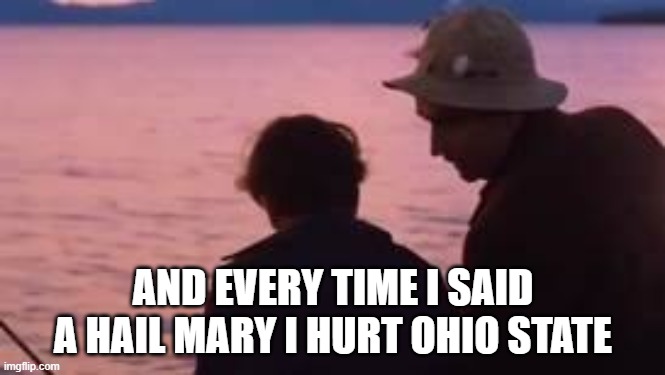Jokes aside, the branch transfers and other transfers are not an insignificant number and there remains a pathway for nearly any Ohioan if they are worried about missions. If kids take the MAC route instead, that was probably a better fit for them anyway. Does that suck for highly structured programs? Yeah. Are those the kids we're talking about? Probably not. But then again a 20 year old is a different kid than a 17 year old, so those are important pathways too.It's a few things. Money: all the kids who we need to start rejecting aren't taking up any merit aid. They're cash cows. Politics: How selective can we get before there's some political blowback? I think the politics issue can be headed off by saying we're freeing up a lot of talented Ohio kids for the other schools to recruit. There's also the issue of socio-economic diversity. As selective as we are, the class still has 18% first generation college students and 20% Pell Grant recipients, and I don't think that should change. I don't want to see Ohio State have similar demographics to Fredo.
Ultimately, I think the acceptance rate should be down in the low 40s, and the class sizes around 7500, but it's a complex issue. That would probably boost our average ACT to around 32 from 30 and the percent of kids in the top tenth of their high school classes to around 80%. That would be pretty damned equal to tsun and UCLA.
Upvote
0




